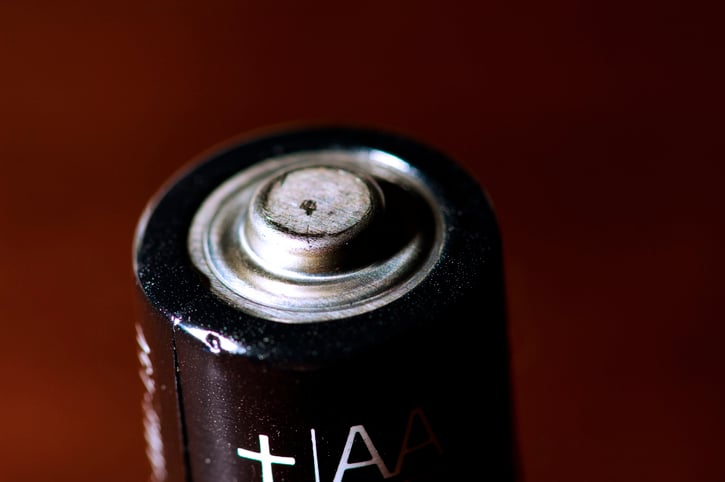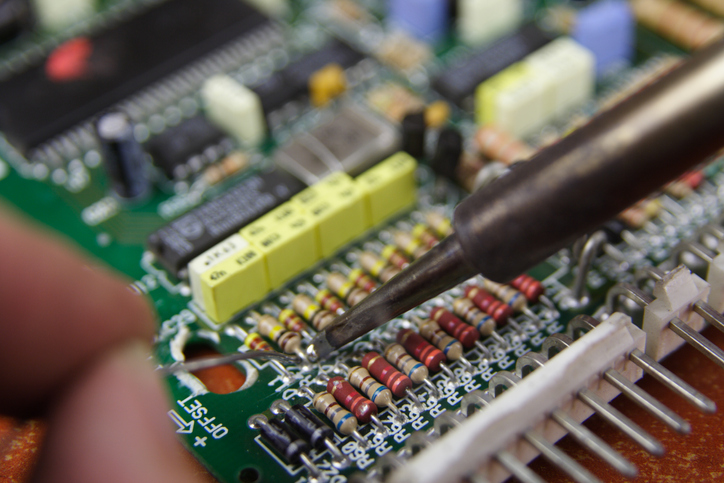Reverse Polarity Protection: A Guide to PCB Design
When reliable performance matters – whether in medical devices or handheld mining tools – every component in your design needs to contribute to...

When designing solar-powered embedded systems intended for outdoor applications, durability, performance, and energy efficiency are a perfect storm of considerations. The dream is to balance all three, but how can you make that a reality?
The way you conceptualize the layout greatly determines the system's performance, efficiency, and durability. Great ideas tweaked into the design at the layout stage can significantly enhance the manufacturability of your solar-powered devices.
Here are 11 PCB design tips for your next solar project -- some apply on a broader scale, while others are exclusive to solar PCBs:
Bring your electronics manufacturing vendor on board early in your PCB design. The ideal manufacturing vendor has extensive experience in the industry and can help identify problems that may not be visible on design paper.
Failure to take care of minor issues during the initial design stage can result in costly long-term snafus that may affect device manufacturing, performance, and certification approvals.
The energy efficiency of small solar panels for electronics depends on several factors, including the type of panel itself.
Typically, a monocrystalline solar panel is more efficient than a thin film or polycrystalline one. The efficacy of the solar system may also differ depending on the supplier.
It’s a good practice to confirm these details in advance of kicking off your PCB design.
A solar power electronics device that needs to work continuously will need a battery backup system.
A critical parameter to consider when designing your solar PCB board is the duration of the system once the photovoltaic power source is reduced to 0% efficiency.
Several environmental factors can affect the solar panel's performance, and you'll need a battery that has adequate capacity to keep your device going for an extended time.
Once you determine the power requirements per day, you can figure out solar panel and battery sizing by using the following data:
Ideally, certain applications such as thermal printers, Wi-Fi and GSM need power-intensive modules.
When designing for such applications, try to understand and predict the power usage of the module accurately. Assessing the need for power-intensive modules will help you calculate the amount of power needed to run the solar panel devices seamlessly.
Take time to get the right firmware structure design that puts the microcontroller in “deep sleep” mode whenever it's not in use. The right firmware design can help your solar-powered embedded system last for several weeks during cloudy weather. This ensures crucial energy savings that can extend the device's operational time during unfavorable conditions.
An ideal design should provide a separate power channel to logistics and peripheral Integrated Circuits controlled by a microcontroller. Such a system prevents unnecessary power consumption when the system is idling.
Solar devices are typically located out in the elements, usually on the mount. Ensure you provide temperature control in the box that guarantees all solar panel circuit boards inside can handle high/low external temperatures.
A general rule is to provide a corrosion-resistant box to protect against harsh conditions, including:
During your solar panel circuit board design process, create an ideal line width for facilitating easy current flow.
Ideally, you can leverage the various online calculators that help you know the optimal line width for easy current flow. Choosing a line width that doesn't hinder the current flow can be a great way to maximize the efficiency of the layout. A seamless current flow is also critical for the device's optimal energy utilization.
On the same note, use separate wiring directions for the two consecutive layers when conceiving the PCB layout. For example, if you use the horizontal wiring on one layer, then vertical should be the orientation in the next layer.
Going for undersized parts during your design will definitely complicate the device's manufacturing process. If you have spare room on your board, go for a bigger component that enhances the product's manufacturability.
A rule of thumb is to invest a little more in the early stages of the design to guarantee a speedy production with reduced flaws.
A lean solar PCB design ultimately results in a reduced need for engineering, testing, processing, handling, and stock management. Fewer parts also mean reduced costs and assembly time.
Notably, complicated PCB designs like those that feature SMT (surface mount technology) on both sides tend to be very costly. Similarly, avoid putting a through-hole on both sides unless it's critical to the product.
Selecting the ideal surface finish is an essential step in PCB design. A perfect PCB surface should protect the circuitry from corrosion. It should also provide a solderable surface for your components.
When choosing the surface, consider:
One PCB finish to avoid is RoHS-compliant hot air solder leveling (HASL). Although HASL is considered a standard finish, it tends to wipe out solder on the solar PCB board.
A better option would be electroless nickel immersion gold (ENIG). The ENIG surface finish is cost-effective and practical for most PCB designs. It's also completely flat and is easier to solder than other available options. Additionally, most circuit board assembly houses can handle ENIG in their own facilities, saving manufacturing time and costs.
Where you locate components in your PCB design layout matters a lot.
Placing components too close to the edge can affect the efficiency and durability of the system. Typically, ceramic capacitors tend to crack fast when placed too close to the edge. Components that are placed too close also tend to score poorly on functionality. For example, wiring such components can be challenging and often results in errors that may affect overall system efficiency.
Ensure the designers put a route around any parts near the edge and around the entire PCB layout.
PCB solar panel design for manufacturability is meant to build your product faster, easier, and more efficiently. Teaming up with your PCB manufacturer early in the electronics design phase helps streamline and optimize the entire manufacturing process.
For more PCB design tips, check out our free PCB component sizing guide:
(Editor's note: this blog was published in May 2021 and has been updated in April 2022 to reflect current information.)

When reliable performance matters – whether in medical devices or handheld mining tools – every component in your design needs to contribute to...

When introducing a new electronic product design, many OEMs don’t fully understand the differences between IPC classifications -- or understand them...

If you’re considering switching an existing electronic product design from through-hole technology to surface mount technology (SMT), you’ll want to...